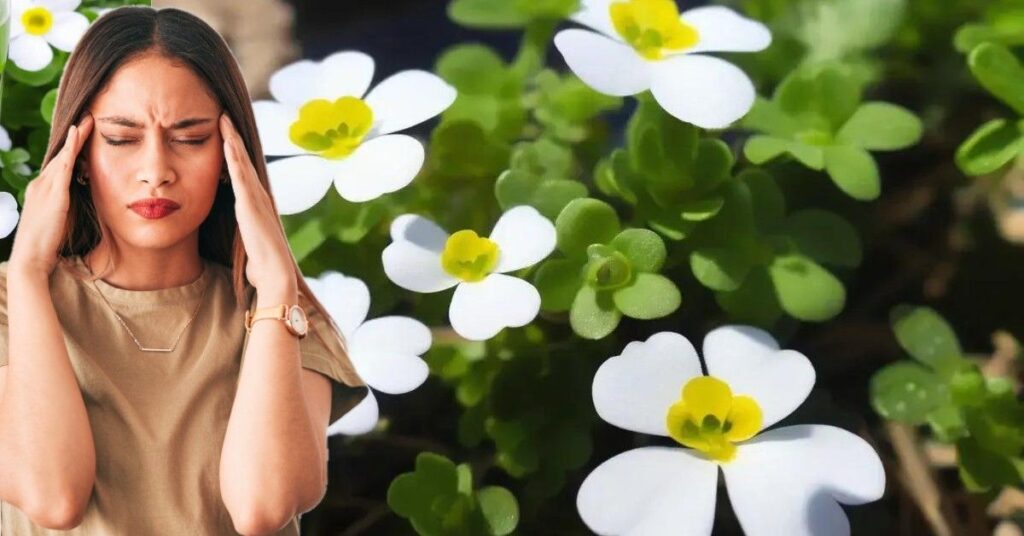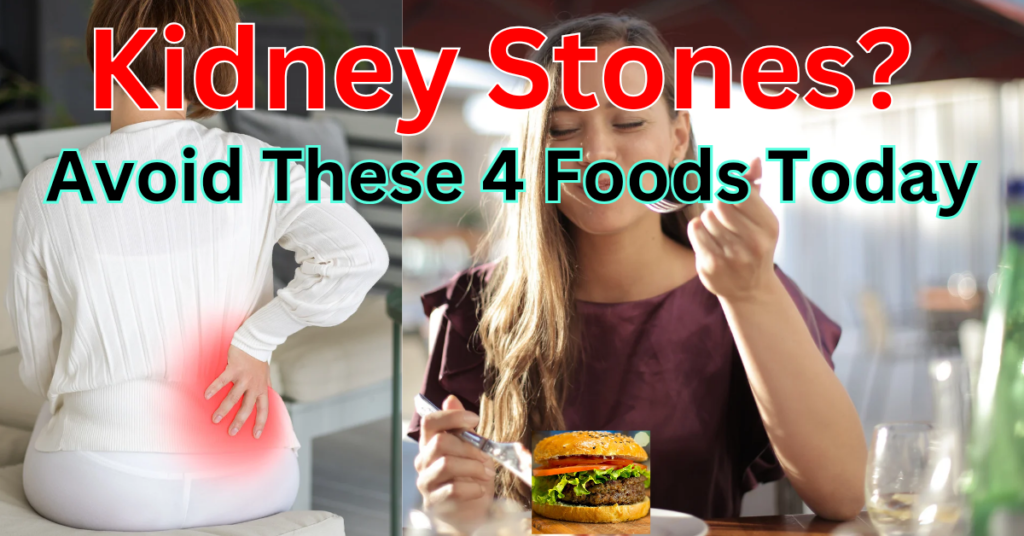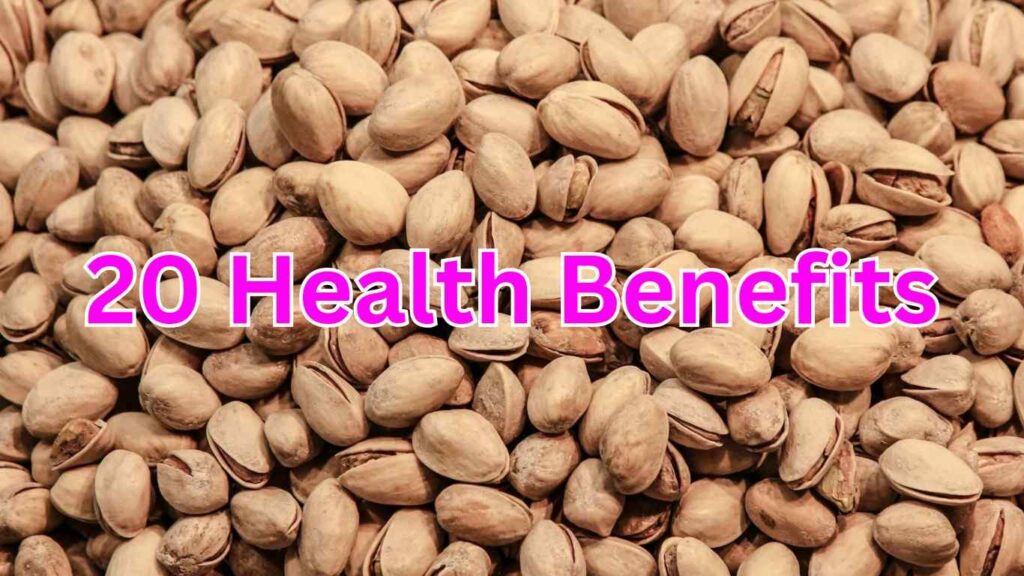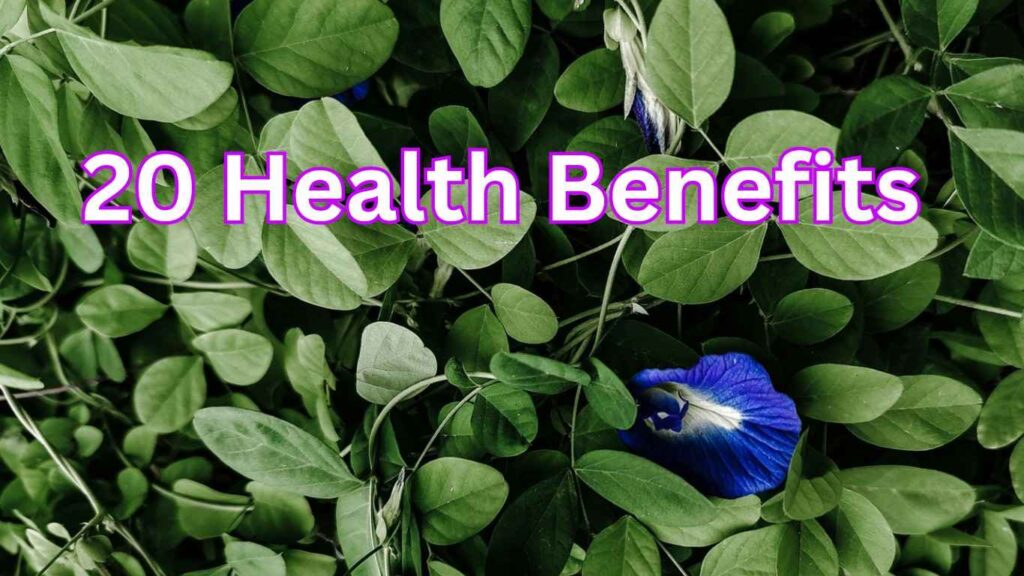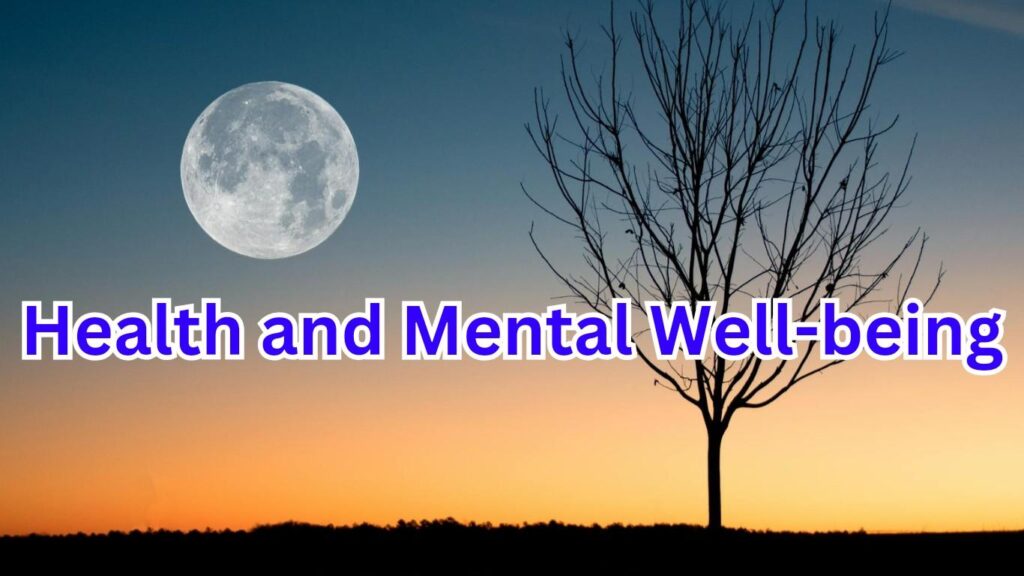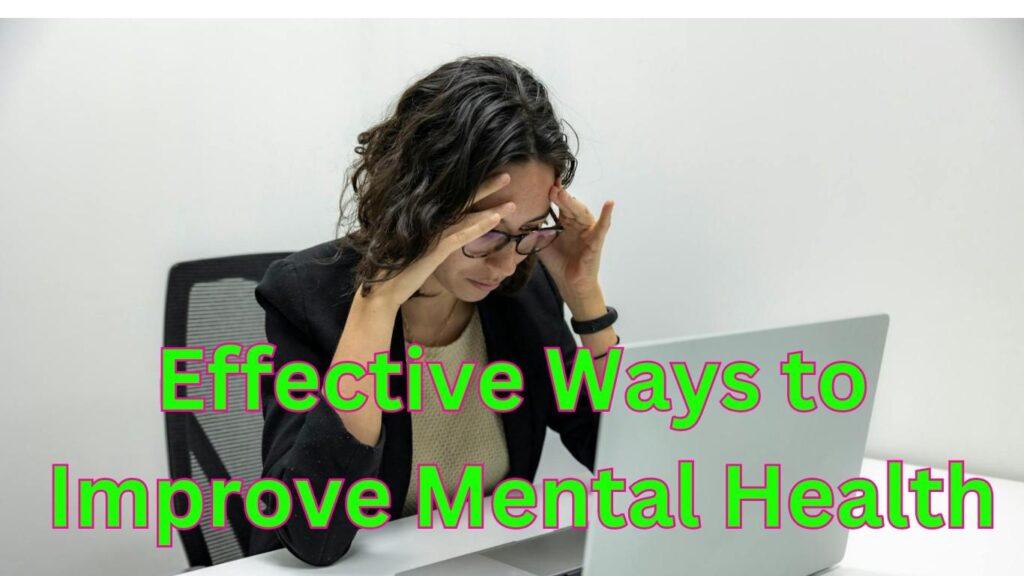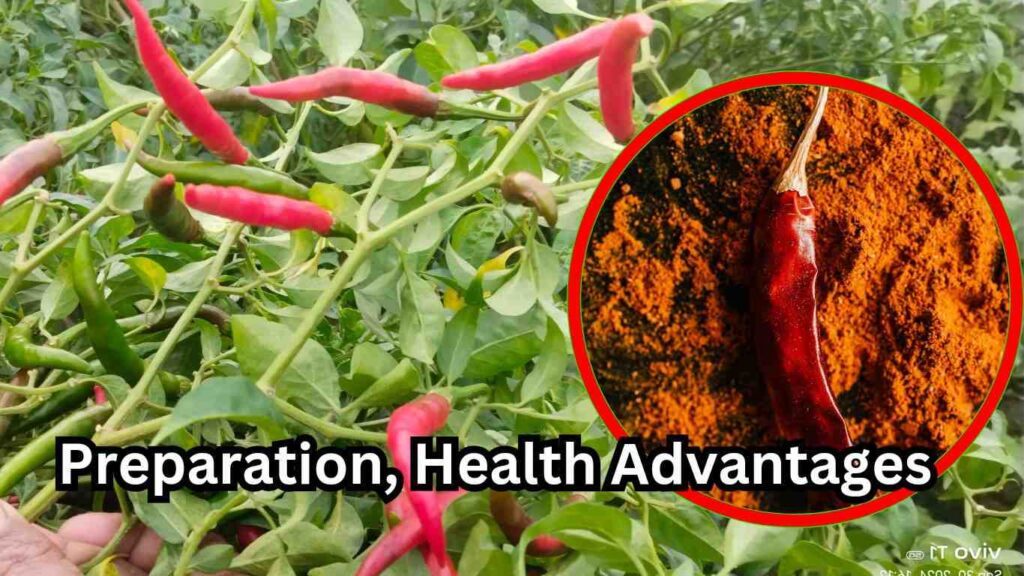What is a Period? Everything You Need to Know About Menstruation
What is a Period?
A period, also known as menstruation, is the natural release of blood and tissue from a girl’s uterus through her vagina. It is a normal part of the female reproductive cycle and typically occurs once a month. Periods are a sign that a girl is going through puberty and her body is preparing for the possibility of pregnancy.
When a girl starts having her period, she can become pregnant. After each period, an egg cell (ovum) is released from her ovaries and moves to the uterus. If she has unprotected sex during this time, sperm can enter her body and meet the egg (ovum). When the sperm and egg (ovum) combine, pregnancy occurs. This means that from the moment her periods begin, a girl can get pregnant. It is important to be aware of this to make informed decisions about sexual health and pregnancy prevention.
Why Do Periods Happen?
Periods happen due to hormonal changes in the body. The ovaries release two key hormones: estrogen and progesterone, which cause the lining of the uterus (called the endometrium) to thicken and prepare to support a fertilized egg. If no fertilization occurs, the lining breaks down and exits the body as menstrual blood.
This cycle repeats roughly every month, which is why most girls and women get their periods around once every 28 to 35 days.
When Do Periods Usually Start?
- Age Range: Most girls get their first period between the ages of 9 and 16, with the average age being around 12 years.
- Signs Before the First Period:
- Breast development (periods typically start about 2 years after this).
- Hair growth under the arms and in the pubic area.
- Vaginal discharge (clear or white fluid) that starts about 6 months to a year before the first period.
Every girl’s body has its own schedule, so the timing can vary widely.
What Happens During a Period?
During a period:
- Blood and tissue from the uterine lining exit the body through the vagina.
- It can last between 3 to 7 days, but this can vary.
- The amount of blood loss is usually about 2 to 3 tablespoons in total.
The blood may appear bright red, dark brown, or even slightly clumpy. This is completely normal.
How Often Do Periods Occur?
- Most girls and women get their periods once every 28 to 35 days.
- During the first few years, periods might be irregular. It can take up to 2–3 years for the cycle to become regular.
- Factors like stress, diet, and physical activity can also affect the regularity of periods.
How Does Ovulation Relate to Periods?
Ovulation is the process when an egg is released from one of the ovaries. This typically happens about 14 days before the next period starts. If the egg is not fertilized by a sperm, the uterine lining breaks down, leading to a period.
- If fertilization occurs, the period will not come because the lining is needed to support pregnancy.
- This is why a girl or woman can become pregnant even if her periods are not regular.
How Long Does a Period Last?
- Most periods last between 3 to 7 days.
- The flow is usually heaviest in the first 2 days and then becomes lighter.
What Products Can Be Used During a Period?
There are several menstrual products to manage period flow:
- Pads: Made of cotton and come in various sizes. They stick to underwear and absorb menstrual blood.
- Tampons: Small cotton plugs inserted into the vagina to absorb blood. Should be changed every 4-8 hours to avoid the risk of toxic shock syndrome.
- Menstrual Cups: Reusable cups made of silicone that are inserted into the vagina to collect blood. They can be worn for up to 12 hours.
- Period Underwear: Special underwear designed to absorb menstrual blood without the need for pads or tampons.
Choosing the right product depends on personal comfort and flow intensity.
Can You Get Pregnant During a Period?
Yes, although it is less likely, pregnancy can occur if ovulation happens early or if sperm survives in the reproductive tract (up to 5 days).
What Is PMS (Premenstrual Syndrome)?
PMS is a group of physical and emotional symptoms that occur before or during a period. Common symptoms include:
- Mood swings, irritability, or feeling emotional.
- Bloating, cramps, or breast tenderness.
- Acne or breakouts.
- Fatigue and headaches.
PMS varies from person to person and can be managed with lifestyle changes or over-the-counter medications.
Understanding Period Problems and Irregularities
A menstrual period is a normal part of every woman’s life, but sometimes it can come with issues or irregularities. Understanding these problems and how to handle them is essential for maintaining good reproductive health. Here are some common period problems:
- Painful Periods (Dysmenorrhea)
- Painful periods are quite common, especially in the first few days of menstruation. This pain can be mild to severe and may be accompanied by cramps, bloating, and back pain. The discomfort occurs due to hormonal changes in the body and uterine contractions that help expel the lining.
- Irregular Periods
- Irregular periods occur when the cycle is longer or shorter than the normal 28-day range, or when periods are missed altogether. This can be caused by stress, hormonal imbalances, excessive exercise, or weight changes. For many, irregular periods are temporary and improve with time.
- Heavy Periods (Menorrhagia)
- Heavy bleeding during menstruation can be a sign of an underlying health condition, such as fibroids, thyroid issues, or polycystic ovary syndrome (PCOS). Women experiencing prolonged or very heavy periods should consult a healthcare provider to rule out any serious conditions.
- Absent Periods (Amenorrhea)
- Amenorrhea is when periods stop altogether. It can happen naturally due to pregnancy or breastfeeding. However, if periods stop suddenly and you are not pregnant, it could indicate a medical issue like hormonal imbalances, stress, or excessive weight loss.
- Pregnancy-related Cessation of Periods
- One of the first signs of pregnancy is the absence of periods. When a woman is pregnant, the body undergoes hormonal changes that prevent the menstrual cycle from continuing. If periods stop unexpectedly, it may be a sign of pregnancy. You can confirm a pregnancy through a home pregnancy test, which is available over the counter in many pharmacies. These tests detect the pregnancy hormone in urine and are generally reliable, though it’s always a good idea to visit a healthcare provider for confirmation.
If you notice any of these issues, or if you are uncertain about your menstrual health, it is always advisable to speak to a trusted adult or healthcare provider. Early consultation can help identify and address potential problems before they become more serious.
What Are Menstrual Cramps?
Menstrual cramps, also called dysmenorrhea, are caused by the uterus contracting to help expel its lining. They can range from mild discomfort to severe pain.
Ways to Relieve Cramps:
- Using a heating pad on the abdomen.
- Taking pain relief medication like ibuprofen or naproxen.
- Doing light exercise or stretching.
- Drinking warm fluids to relax the muscles.
When Should You See a Doctor?
Consult a doctor if:
- Periods haven’t started by age 15.
- Periods are very irregular after 2–3 years.
- Heavy bleeding occurs (needing to change a pad or tampon every hour).
- Periods last longer than 7 days.
- Severe cramps that don’t improve with medication.
- Extreme PMS symptoms that interfere with daily life.
How Long Do Periods Last in a Woman’s Life?
Periods continue until menopause, which typically happens between the ages of 45 and 55. During menopause, hormone levels decrease, and periods permanently stop.
Periods also stop temporarily during pregnancy and breastfeeding.
Myths and Facts About Periods
- Myth: You can’t exercise during your period.
- Fact: Exercise can actually relieve cramps and boost mood.
- Myth: Swimming during a period is unsafe.
- Fact: It’s safe to swim using a tampon or menstrual cup.
- Myth: All periods are painful.
- Fact: Some people have painless periods, while others may experience discomfort.
Diet Tips for a Healthy Menstrual Cycle
Maintaining a balanced and nutritious diet plays a crucial role in managing your menstrual health. Eating the right foods can help reduce discomfort during periods, improve overall menstrual health, and ensure your body gets the necessary nutrients. On the other hand, avoiding certain foods can prevent worsening of symptoms like cramps, bloating, and fatigue.
What to Eat:
- Fruits and Vegetables: Rich in fiber and antioxidants, they help reduce bloating and promote digestion.
- Whole Grains: Brown rice, quinoa, and oats are great sources of energy and help regulate blood sugar levels.
- Lean Proteins: Chicken, fish, and legumes are excellent for maintaining muscle health and reducing inflammation.
- Healthy Fats: Avocados, nuts, and olive oil can help balance hormones and reduce menstrual pain.
What to Avoid:
- Caffeine: Can worsen bloating and increase irritability.
- Salty Foods: Excess salt can lead to water retention and swelling.
- Sugary Snacks: Can lead to blood sugar spikes and crashes, causing mood swings.
- Alcohol: It can disrupt hormonal balance and lead to irregular periods.
For more detailed advice on what to eat and avoid during your period, you can refer to our Complete Guide to Foods to Eat and Avoid During Menstruation.
Final Thoughts
Periods are a natural and healthy part of growing up. It’s perfectly normal to have questions and concerns about menstruation. If you’re unsure about anything related to periods, talk to a parent, teacher, or healthcare provider.
Remember, every girl’s body is unique, and period experiences can vary widely. What’s important is to understand your body and find the products and methods that work best for you.








